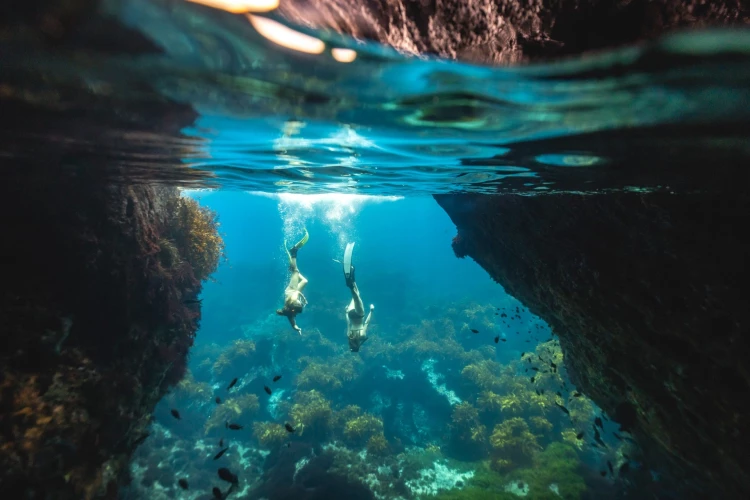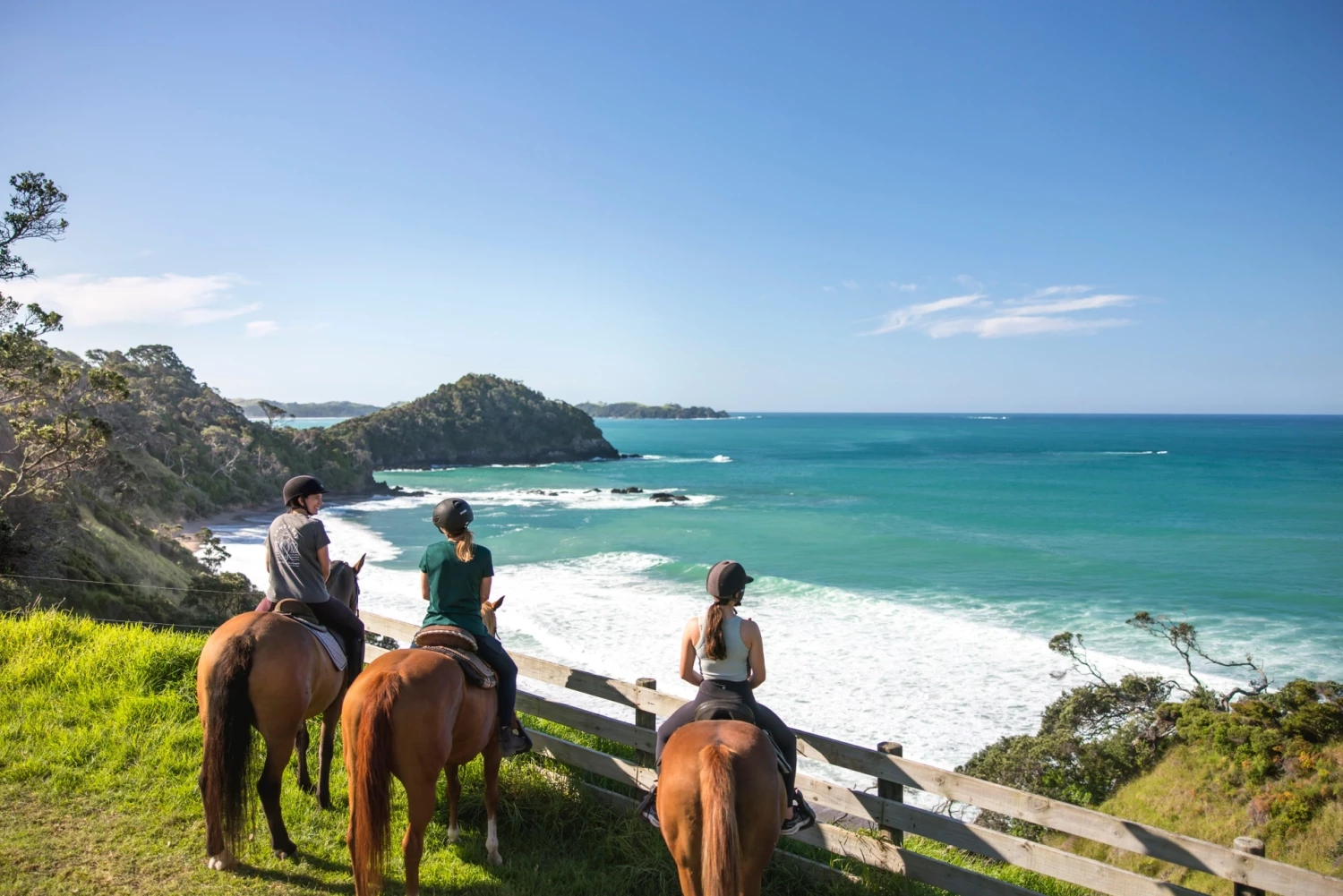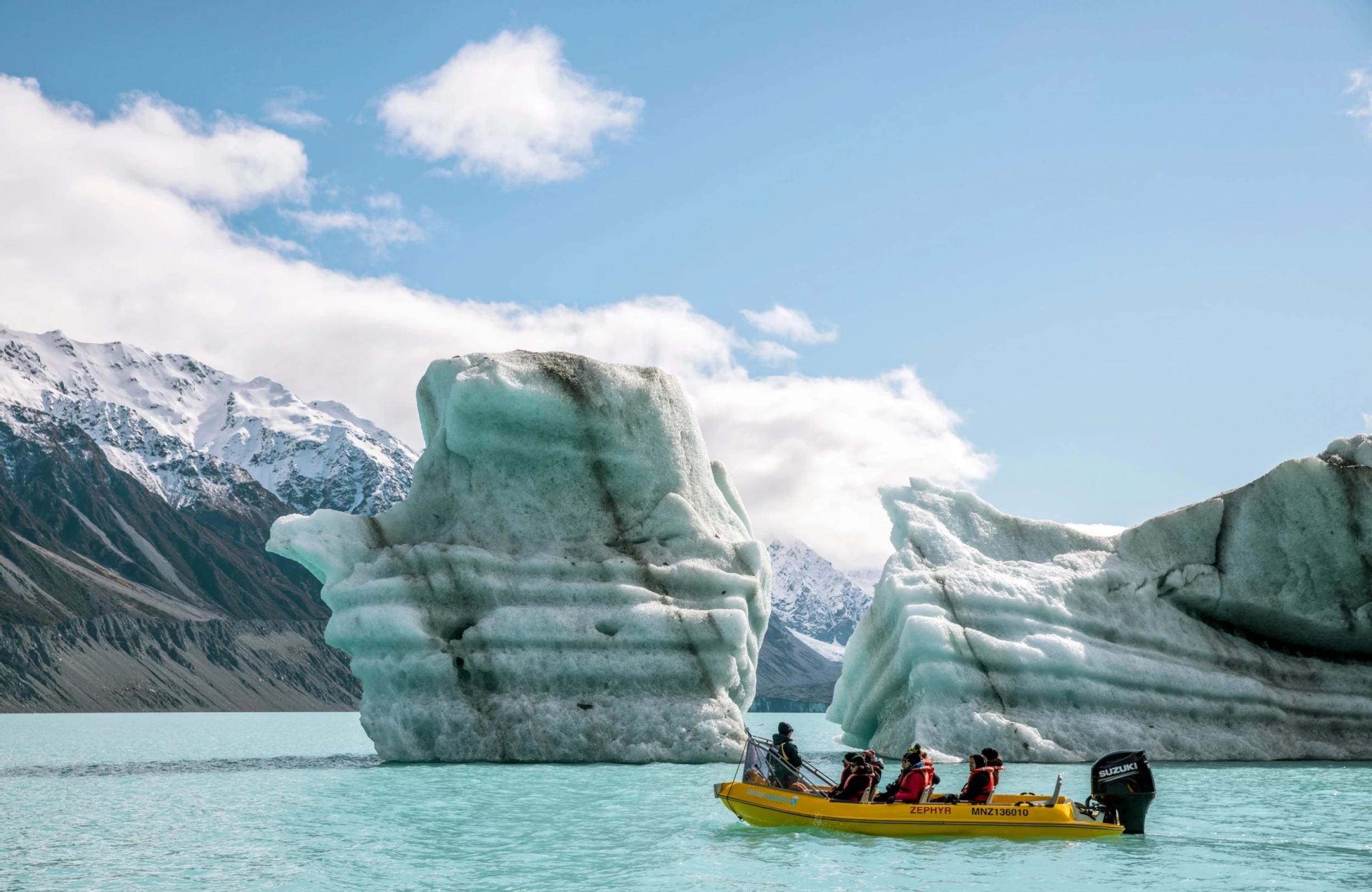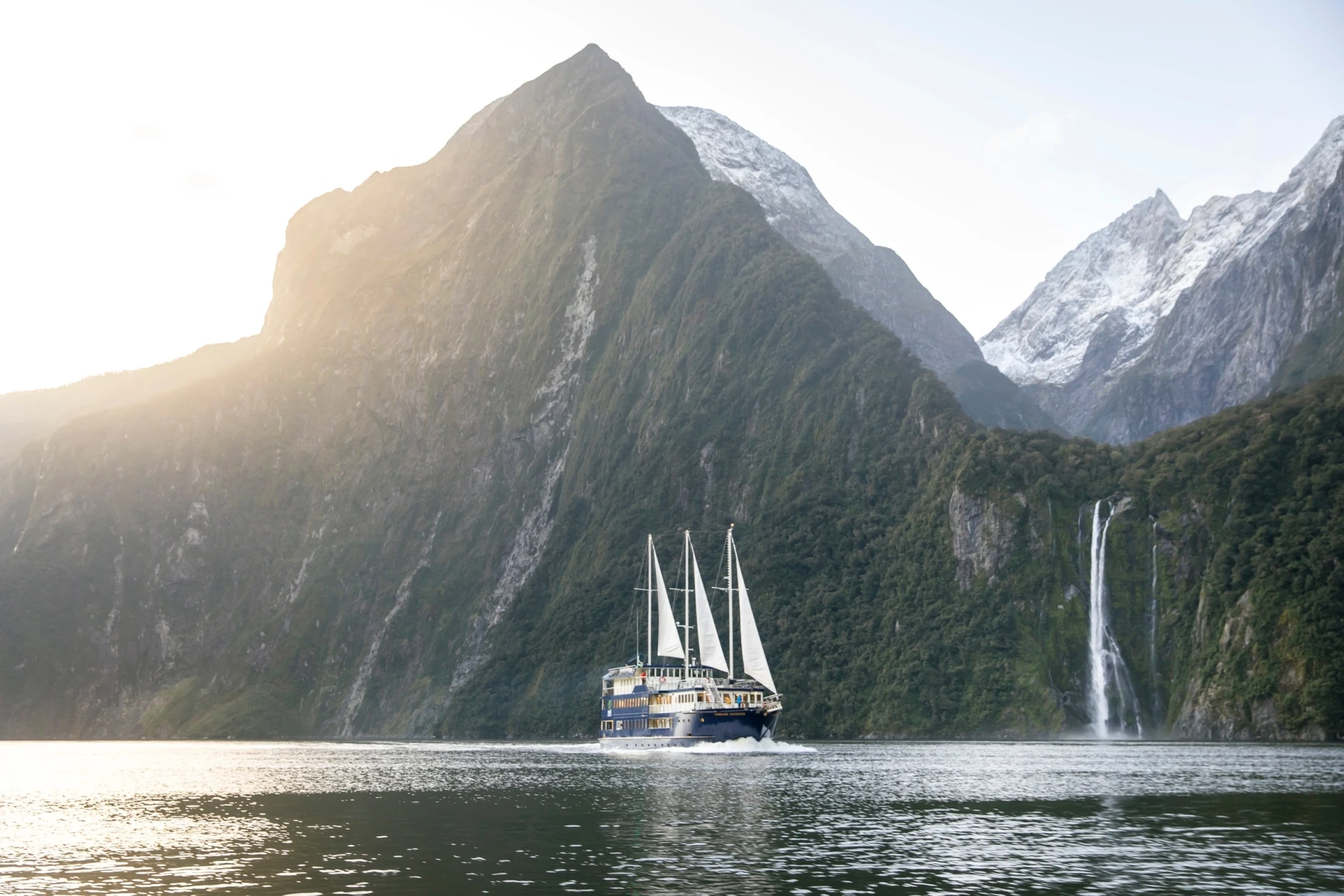- About Health New Zealand
- Locations
- Allied Health
- Midwifery & Nursing
-
Medical Officers
- All Senior Medical Officers (SMOs)
- Anaesthetists
- Dermatologists
- Emergency Medicine Specialists
- GPs & Rural Hospital Doctors
- General Medicine
- Obstetricians & Gynaecologists
- Oncologists
- Paediatricians
- Pain Medicine Specialists
- Pathologists
- Psychiatrists
- Radiologists
- Surgical Specialities
- Resident Medical Officers (RMOs)
- Specialist Teams
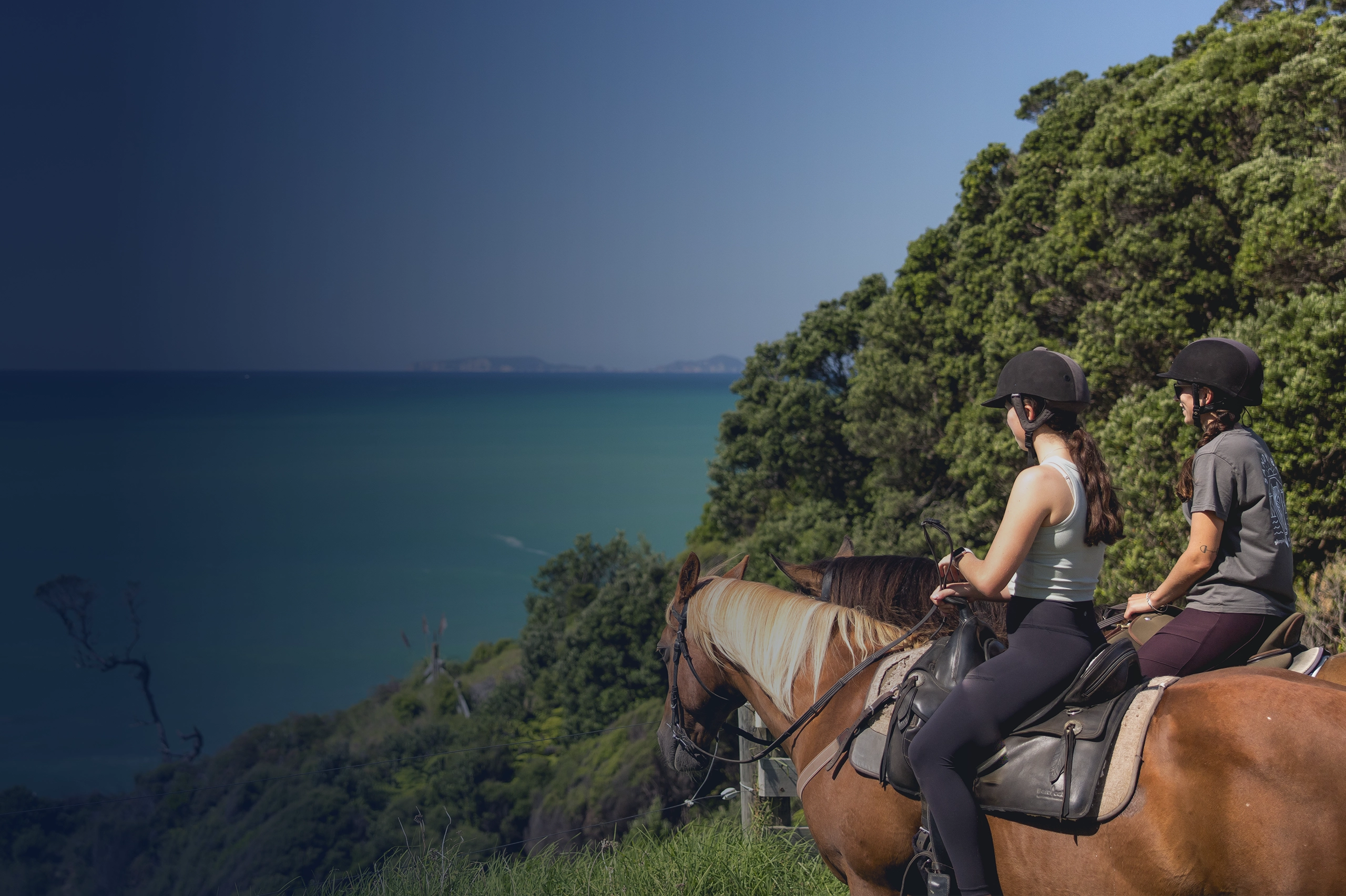
Cardiac Sonography
As a Cardiac Sonographer with Health New Zealand, you'll play a key role in assessing heart health using advanced imaging technology to support patient care.
Working alongside a skilled healthcare team, you’ll gain experience with diverse cardiac cases in a collaborative and supportive environment.
Photo location: Matapōuri, Northland - Credit: Miles Holden
About the role
Our cardiovascular teams across the motu (country) provide our communities with services for interventional cardiology, electrophysiology and arrhythmia management, heart failure and adult congenital heart disease. These services are offered in major hospitals and clinical centres across the motu.
It's important to us that you receive exposure and training in a range of disciplines within cardiac ultrasound, plus an excellent range of employee benefits!
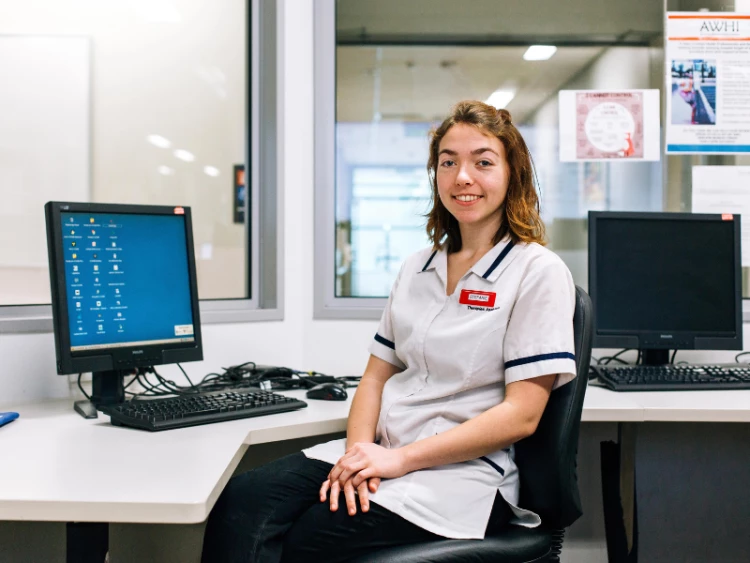
Salary, leave & benefits
Salary
-
Cardiac Sonographers have an 8-step salary scale. Salaries range between NZ$77K – NZ$108K.
-
Designated positions (such as Team Leader or Charge Sonographer) have higher salary bands, up to NZ$130K, depending on the role and responsibilities.
-
Overtime and penal rates may apply for weekend, on-call or after-hours work.
Allowances
-
Higher duties allowance
-
On-call allowance (if applicable)
Leave
-
4 weeks of paid annual leave (increases to 5 weeks after 5 years of service)
-
Shift employees may receive up to an additional 5 days’ annual leave after 12 months of shift work
-
Minimum of 10 days of paid sick leave per year
-
6–12 months of parental leave, depending on length of service
-
Up to 14 weeks of paid parental leave (provided by the New Zealand Government)
Additional benefits
-
Reimbursement of your professional registration costs
-
Professional indemnity insurance is covered by Health New Zealand
-
20–32 hours per year for Continuing Professional Development
-
If eligible, at least a 3% superannuation contribution from Health New Zealand
-
12 paid public holidays, plus time in lieu, or an alternative holiday if rostered on
Sonographers' collective agreement
In New Zealand, salary and benefits for some roles are set through collective agreements between unions and employers. The full Sonographers' collective agreement is available on the Health New Zealand – Te Whatu Ora website here.
Roles & responsibilities
Governance & professional standards
-
Work within the scope of practice defined by the Medical Radiation Technologists Board (MRTB)
-
Maintain competence in line with the MRTB’s standards for Sonographers
-
Comply with any supervision requirements (particularly for new registrants or overseas-qualified staff)
-
Hold an approved qualification and a current Annual Practising Certificate
Cultural competency & community engagement
-
Understand and apply Te Tiriti o Waitangi (The Treaty of Waitangi) principles
-
Engage respectfully with Māori and other communities to support equitable cardiac care
Patient interaction & clinical preparation
-
Prepare patients for echocardiographic procedures, ensuring informed consent
-
Explain procedures clearly and provide reassurance to patients and whānau
-
Review clinical notes and previous imaging to inform your assessment
Diagnostic imaging & data acquisition
-
Perform transthoracic echocardiograms (TTE) to assess cardiac anatomy and function
-
Assist with transoesophageal echocardiograms (TOE) and stress echocardiography
-
Capture, analyse and optimise 2D, 3D, Doppler and M-mode ultrasound images
-
Identify abnormal findings and communicate significant results promptly
Reporting & clinical documentation
-
Generate preliminary findings and provide accurate sonographic measurements
-
Maintain clear, timely and secure documentation in patient records and imaging systems
Equipment operation & quality assurance
-
Operate and troubleshoot advanced cardiac ultrasound equipment
-
Follow infection prevention, cleaning and maintenance protocols
-
Contribute to quality assurance processes, including image audits and calibration
Collaboration & interprofessional practice
-
Work closely with Cardiologists, Nurses, Cardiac Physiologists and Technicians
-
Support inpatient, outpatient, theatre and emergency workflows
-
Contribute to multidisciplinary team discussions and care planning
Emergency response & clinical support
-
Assist with urgent imaging in acute and emergency settings
-
Support intraoperative or critical care imaging when required
Teaching, leadership & professional development
-
Support training and supervision of junior Sonographers or students
-
Participate in ongoing education, CPD and peer review
-
Engage in quality improvement, service development and audit activities
Expanded scope & advanced practice
-
Pursue additional skills such as paediatric echocardiography or advanced imaging techniques
-
Undertake approved postgraduate training to extend clinical scope
Required qualifications & registration
Cardiac Sonographer qualification
You must hold an approved qualification in cardiac sonography or diagnostic medical ultrasound. Common pathways include:
-
A Diploma, Bachelor or Postgraduate qualification in Diagnostic Medical Ultrasound from a New Zealand institution
-
An overseas qualification assessed as equivalent to New Zealand standards by the Medical Radiation Technologists Board (MRTB)
Registration with the Medical Radiation Technologists Board (MRTB)
All Sonographers must be registered with the MRTB to practise legally in New Zealand.
Applicants need to submit proof of their qualifications, identification, and evidence of fitness to practise.
Annual practising certificate (APC)
To work as a Cardiac Sonographer, you must hold a valid Annual Practising Certificate (APC), renewed each year.
To maintain your APC, you must:
-
Provide evidence of ongoing competence
-
Participate in Continuing Professional Development (CPD) activities
Information for international candidates
Information for international candidates
Internationally qualified candidates include practitioners who hold a recognised cardiac sonography or diagnostic medical ultrasound qualification from overseas and:
-
Have at least 2 years (approximately 3,680 hours) of relevant post-qualification specialised cardiac sonography experience
-
Are registered and in good standing with a recognised overseas regulatory authority (for example, the UK Health and Care Professions Council - HCPC)
Applicants with less than two years’ experience can still apply. Their application will be assessed by the Medical Radiation Technologists Board (MRTB), which may include a Work-Based Assessment in practice.
All other overseas qualifications are assessed on a case-by-case basis to determine if the applicant meets MRTB registration requirements. Qualifications are assessed against a standard set of criteria approved by the MRTB. Learn more about how to register here.
Sonographers trained in related fields may apply for registration and practice within the scope of cardiac sonography if approved by the MRTB.
Find out more about life in New Zealand
We have a page dedicated to providing information to candidates about our recruitment process, what you need to work in New Zealand and key details about moving here.

Apply for a Cardiac Sonographer role
Domestically Trained Candidates
If you trained in New Zealand or Australia, search current vacancies with our districts to apply for here:
Internationally Trained Candidates
If you trained outside of New Zealand or Australia, register through our International Recruitment Centre here:
Working at Health New Zealand
'Te Whatu Ora' translates from our indigenous Māori language to 'the weaving of wellness'; which is what we are all about in our holistic delivery of world-class care for the health and wellbeing of the 5 million Kiwis in our communities.
Health New Zealand has an open and non-hierarchical approach to improving outcomes for our patients. Our cross-disciplinary collaborative way of working fosters a positive work environment where all members of our team feel supported and empowered.
Our commitment to you
We are dedicated to building a team that is representative of the communities that we are serving. We are committed to supporting health equity in our communities. Our kaimahi (staff) thrives on the diversity and inclusion of all perspectives and cultures, and we welcome individuals from all backgrounds and lived experiences.
Health New Zealand has programmes and facilities available to both protect and improve our teams’ physical, mental and emotional health and wellbeing. We know that you do your best work when you’re feeling your best, so it’s important to us that this is a priority.
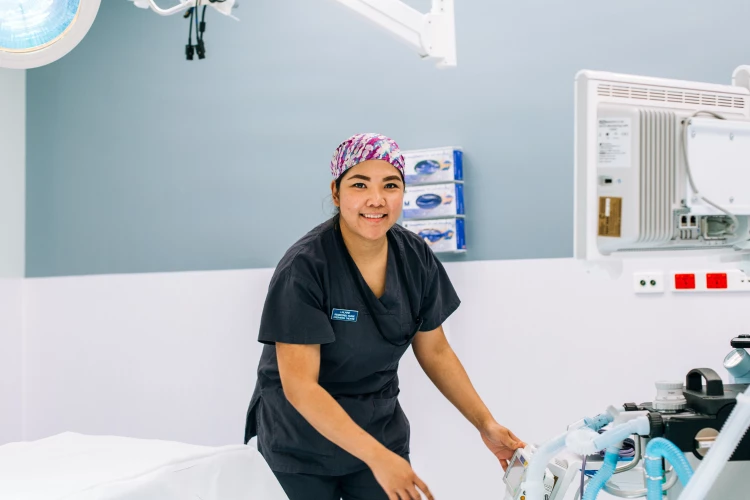
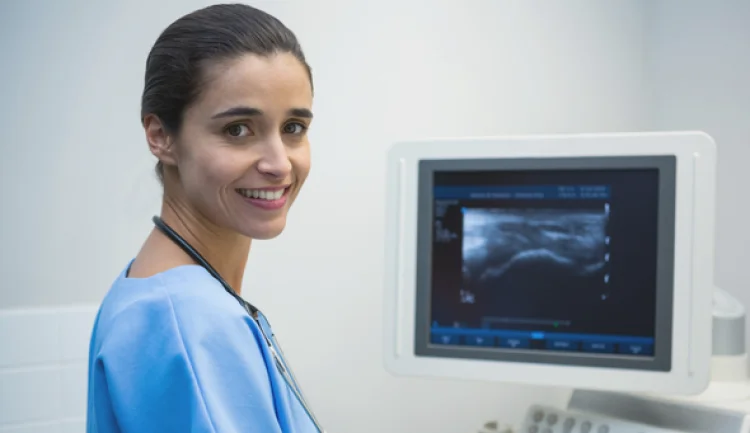

Looking to move to New Zealand to work as a Cardiac Sonographer?
Great news! Cardiac Sonographers are on Tier 1 of New Zealand's Green List which means you are eligible for a fast-tracked Straight to Residence Visa. This means you and your family can apply for New Zealand residency before you arrive, provided you have a job offer from an accredited employer, like us!
Find out more information about what part of our beautiful country is the best fit for you.
Click on the districts on the map to discover more about that area.
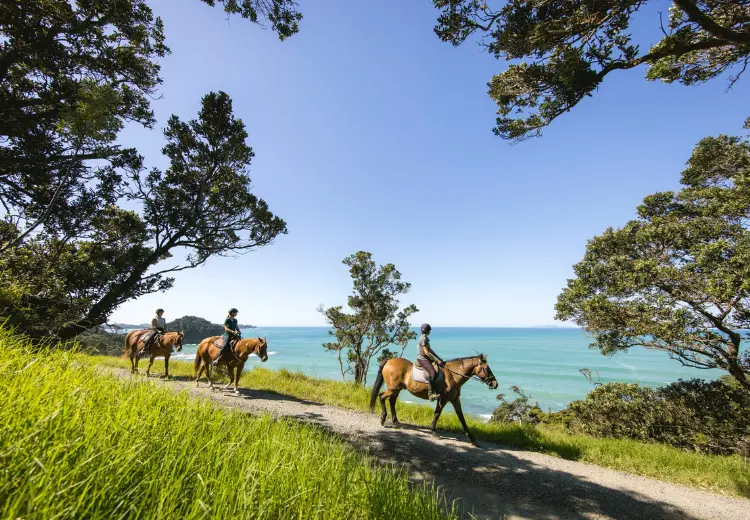
Te Tai Tokerau Northland
Population: 194,600
Northland is a beautiful and diverse region of Aotearoa, New Zealand with plenty to offer visitors. Whether you're interested in water sports, historic sites, natural beauty or ancient Kauri trees—Northland has it all!
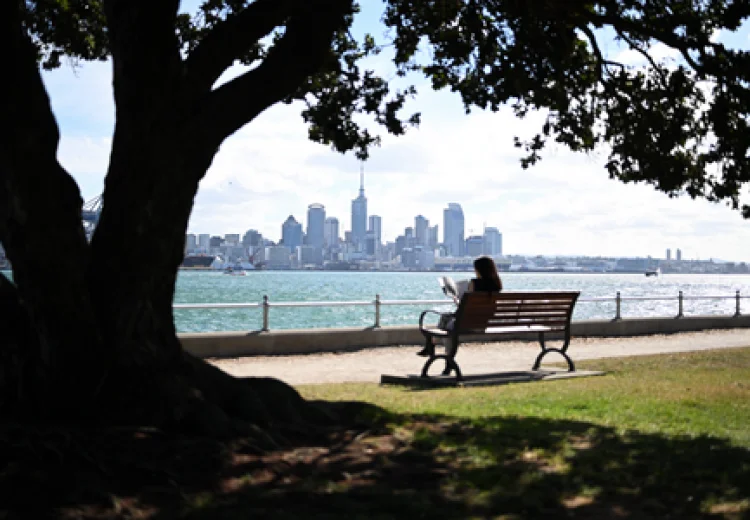
Waitematā
Population: 650,000
Waitematā is the largest and one of the most rapidly growing Districts serving the largest population of all Health New Zealand. Waitematā offers a balanced lifestyle that combines the convenience of city living with the natural beauty and community spirit of suburban life.
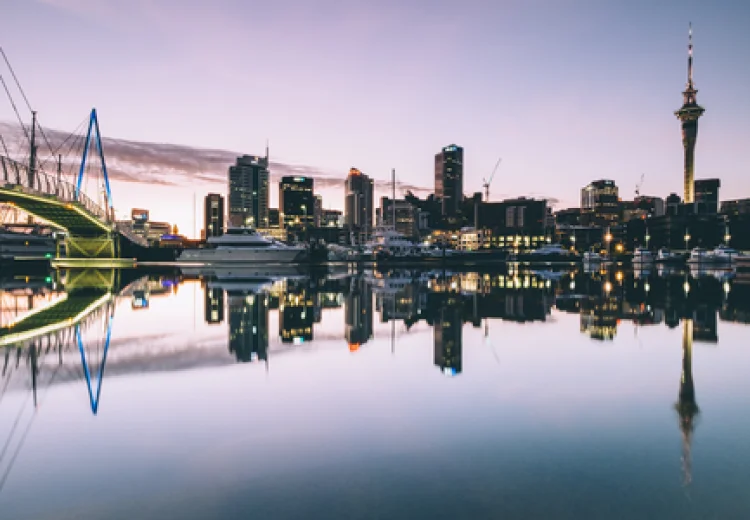
Te Toka Tumai Auckland
Population: 500,000
Auckland the "City of Sails" is Aotearoa, New Zealand’s largest city and commercial hub. It’s where metropolitan sophistication meets breathtaking natural beauty. Auckland is filled with a variety of warm and welcoming communities, packed with new places to explore.
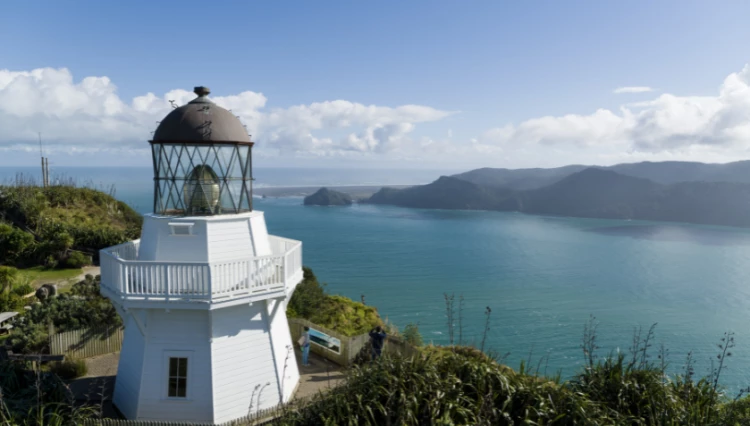
Counties Manukau
Population: 500,000
Counties Manukau is a vibrant place where there's never a dull moment! Living and working here ensures you're always close to amenities, events and nature. You'll never run out of places to visit or things to do.
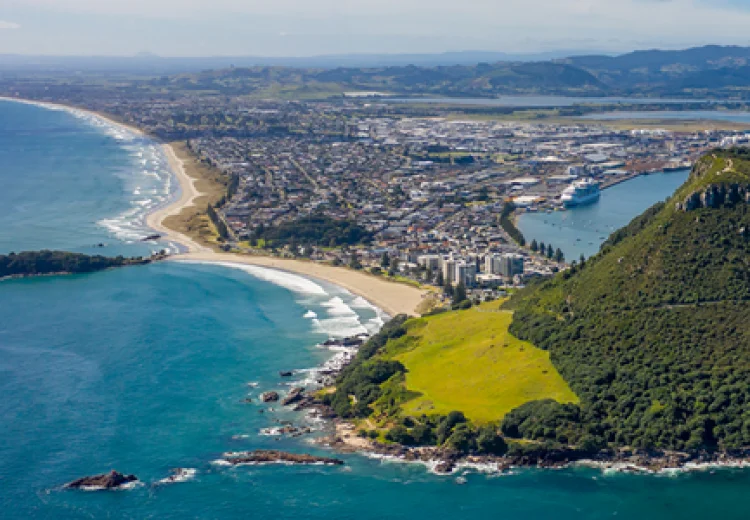
Hauora a Toi Bay of Plenty
Population: 255,110
The Bay of Plenty is a place of beautiful harbours, long surf beaches and an easygoing lifestyle. We showcase the perfect place to explore a wide range of nature-based pursuits – this gives the people of the Bay of Plenty the chance for a better work-life balance.

Waikato
Population: 425,000
The Waikato region is known for its natural beauty, rich Māori culture, and agricultural heritage with something to offer visitors of all interests.
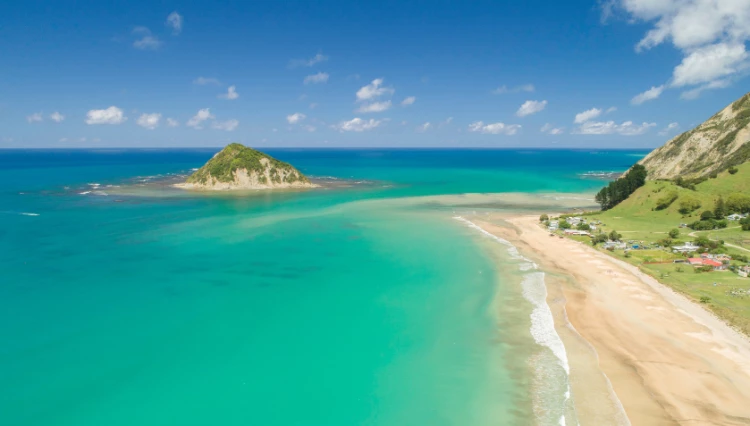
Tairāwhiti Gisborne
Population: 48,000
In family-friendly Tairāwhiti you will experience an easier pace to life that allows you to pause, reflect, and enjoy a true work-life balance. Gisborne’s relative isolation is its charm, surrounded by beaches & nature - don't worry though! Larger cities are only a quick flight away.

Lakes
Population: 110,000
The Lakes District is well known for its geothermal activity and natural hot springs. The area is located in the central North Island and is home to many geothermal attractions, such as geysers, hot mud pools, and steam vents. Visitors can also relax in the region's natural hot springs, which are believed to have healing properties.
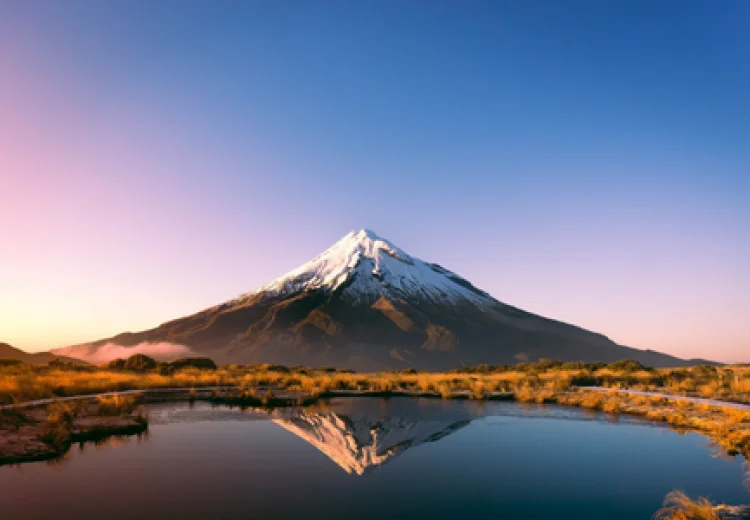
Taranaki
Population: 130,000
Taranaki is a magical place with a majestic mountain at its heart, including the rugged coastline that's world-renowned for its surf. Its residents' love of art and culture, cafes and outdoor living mean it's also fantastic to work—and play!
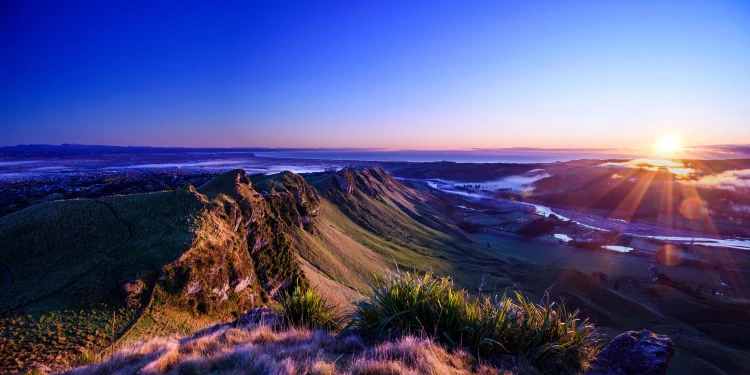
Te Matau a Māui Hawke's Bay
Population: 180,000
Known for its world-class wineries, stunning beaches and temperate climate, Hawke’s Bay boasts a lifestyle that is unmatched. The region is a popular destination for food and wine tourism, hiking, cycling and cultural events such as the annual Art Deco festival.
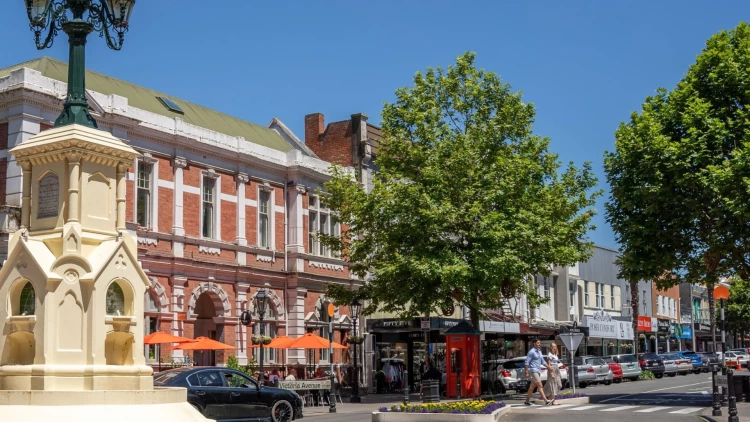
Whanganui
Population: 65,000
Whanganui has something for everyone. Our centrally located region offers access to outdoor activities such as kayaking, skiing, surfing, tramping, cycling, fishing and hunting. Nestled between two snow-capped mountains, on the banks of Whanganui River there is always plenty to do and explore.
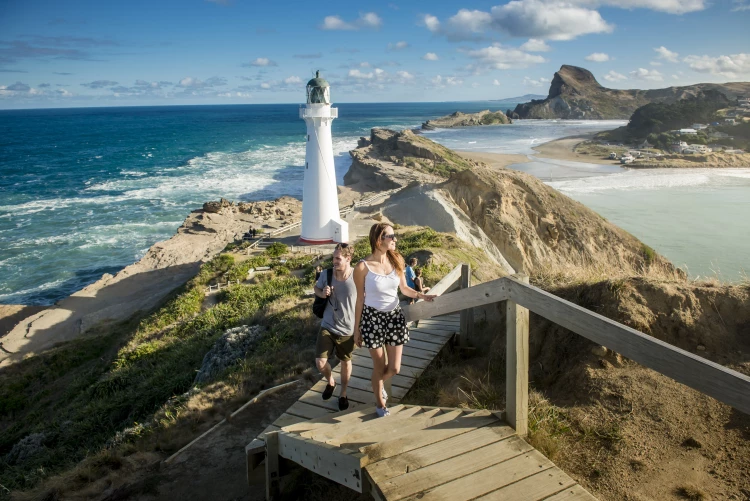
Capital, Coast and Hutt Valley
Population: 445,000
Wellington, the capital city of Aotearoa New Zealand, is a bustling and diverse hub of culture and cosmopolitanism, renowned for its lively cafés, restaurants, and internationally acclaimed sporting and cultural events, all set against the stunning backdrop of a natural harbour. To the north of Wellington lie the regions of Porirua, Kapiti, and Hutt Valley.

Te Pae Hauora o Ruahine o Tararua MidCentral
Population: 190,000
Get the best of both worlds - the perfect blend of rural and city living with the mountains, city and sea at your fingertips.

Wairarapa
Population: 48,000
From rugged coastlines, boutique vineyards to lush forests, Wairarapa is a slice of paradise for those who love the outdoors and seek a peaceful environment to recharge after a rewarding day's work.
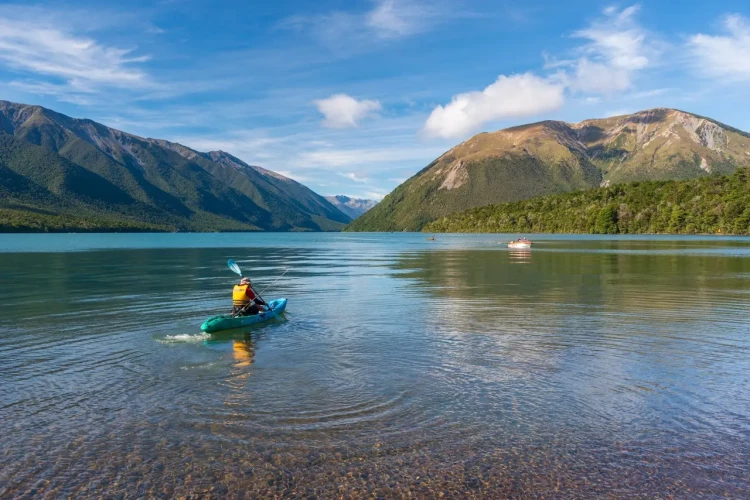
Nelson Marlborough
Population: 150,000
Nelson Marlborough has been dubbed the artistic capital with a thriving urban centre and one of New Zealand's sunniest regions.
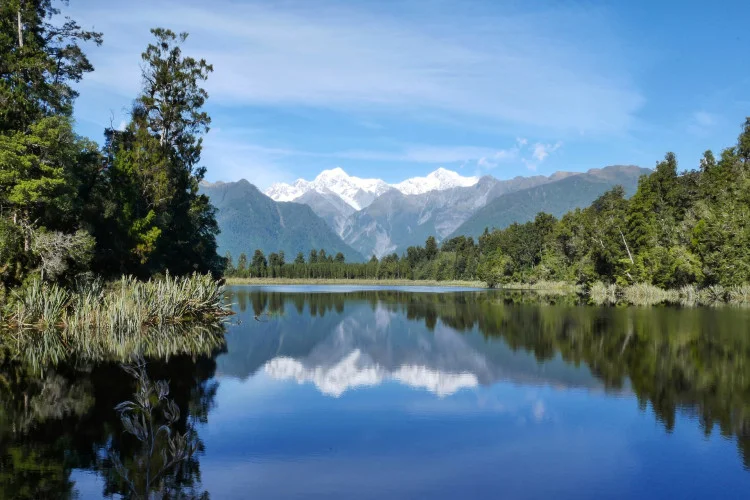
Te Tai o Poutini West Coast
Population: 32,000
Te Tai o Poutini West Coast has views of both the mountain ranges and the ocean! It is an untamed natural wilderness of beautiful rivers and rainforests, glaciers and geological treasures.
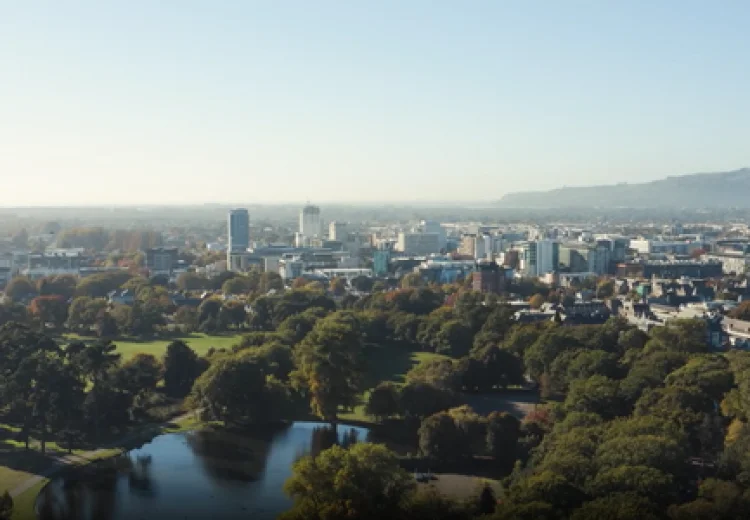
Waitaha Canterbury
Population: 600,000
The Canterbury region is a great place to live and work due to its natural beauty, vibrant economy, cultural diversity, strong community, and high quality of life.
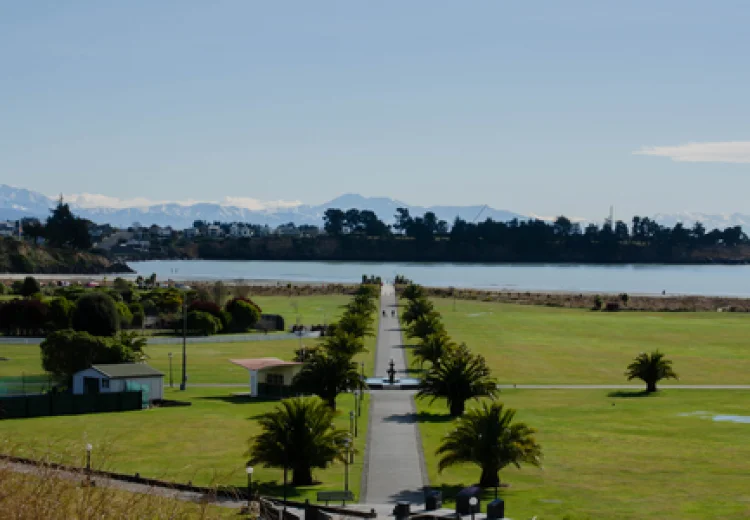
South Canterbury
Population: 62,000
The South Canterbury District is an area of stunning beauty with great lifestyle opportunities, a safe and welcoming family-friendly environment, affordable living, excellent educational opportunities and a wide range of cultural and sporting facilities.
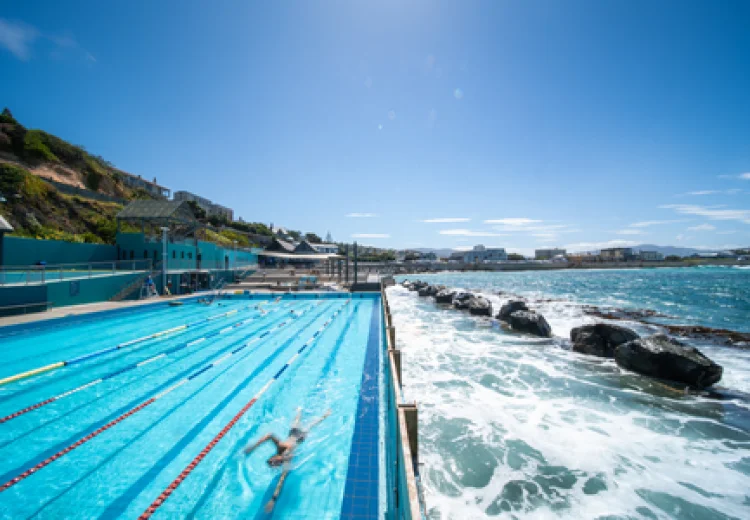
Southern
Population: 350,000
Well known for its beautiful natural scenery, which includes towering mountains, stunning fjords, majestic glaciers, and crystal-clear lakes. The region is also famous for its friendly communities, charming towns, and vibrant cities such as Dunedin and Invercargill.

|
Photo location: Bay of Islands |

